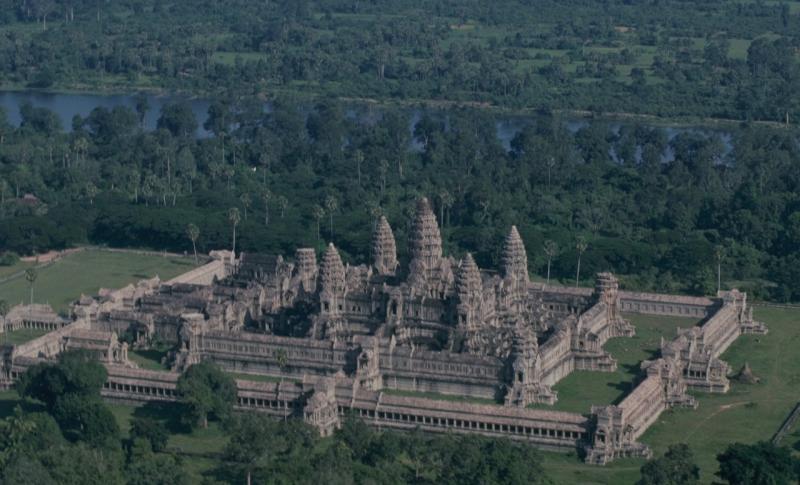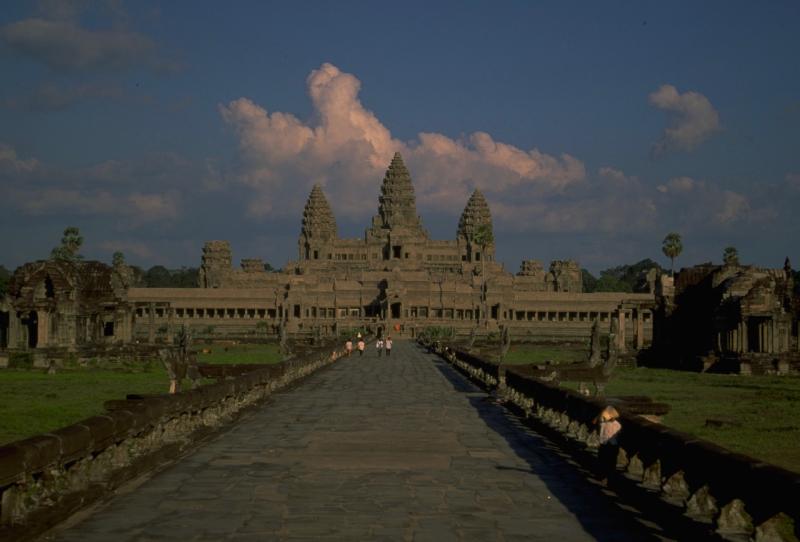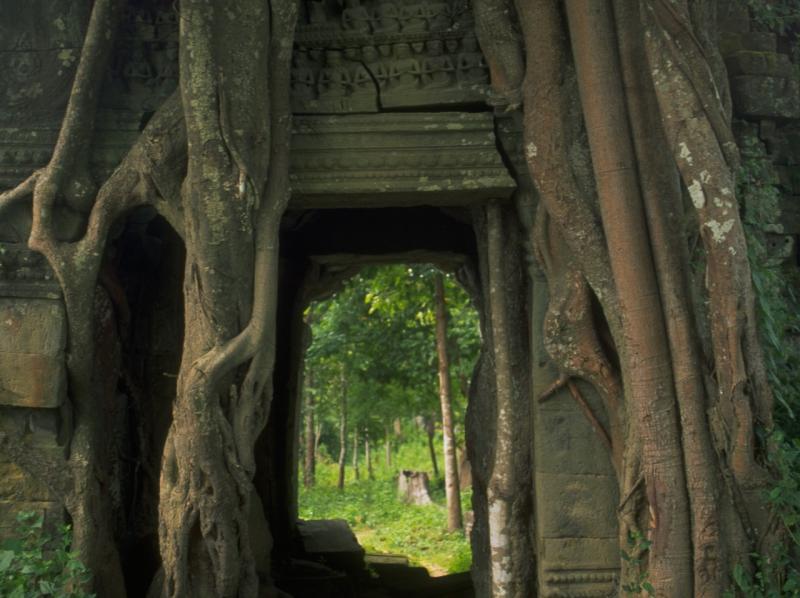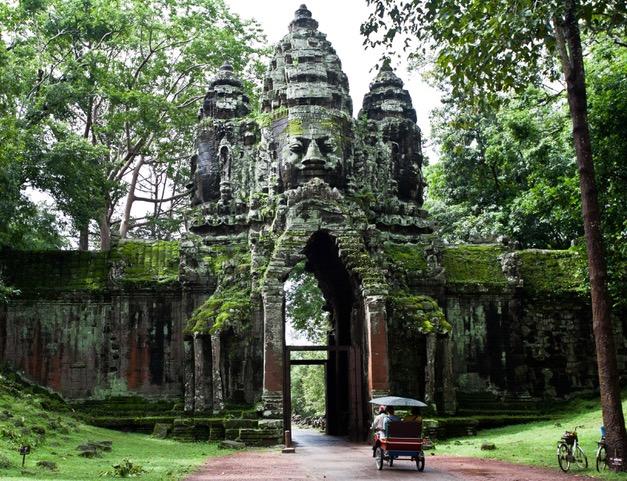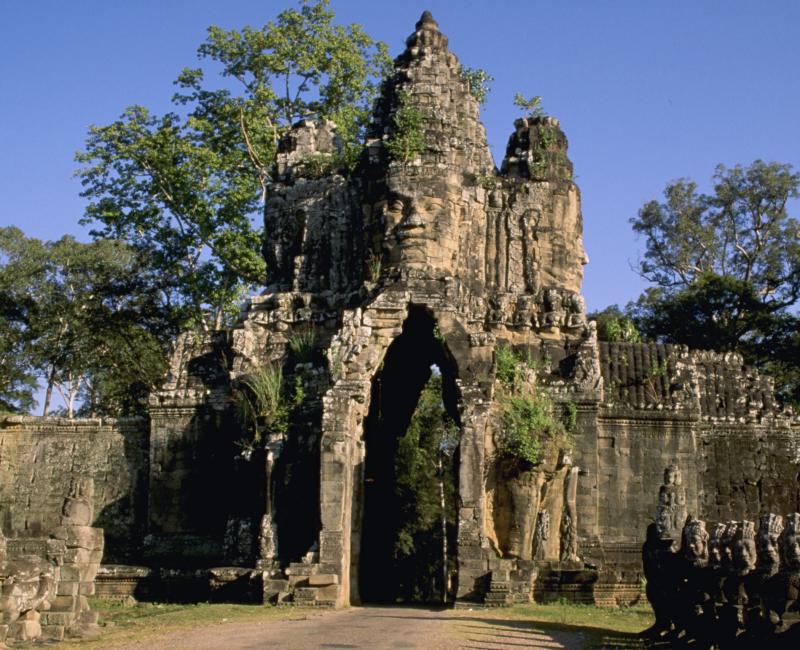Angkor Wat - The Magnificence That Is Angkor
The Angkor Wat temple is one of the most magnificent structures in the world.
4/15/2023
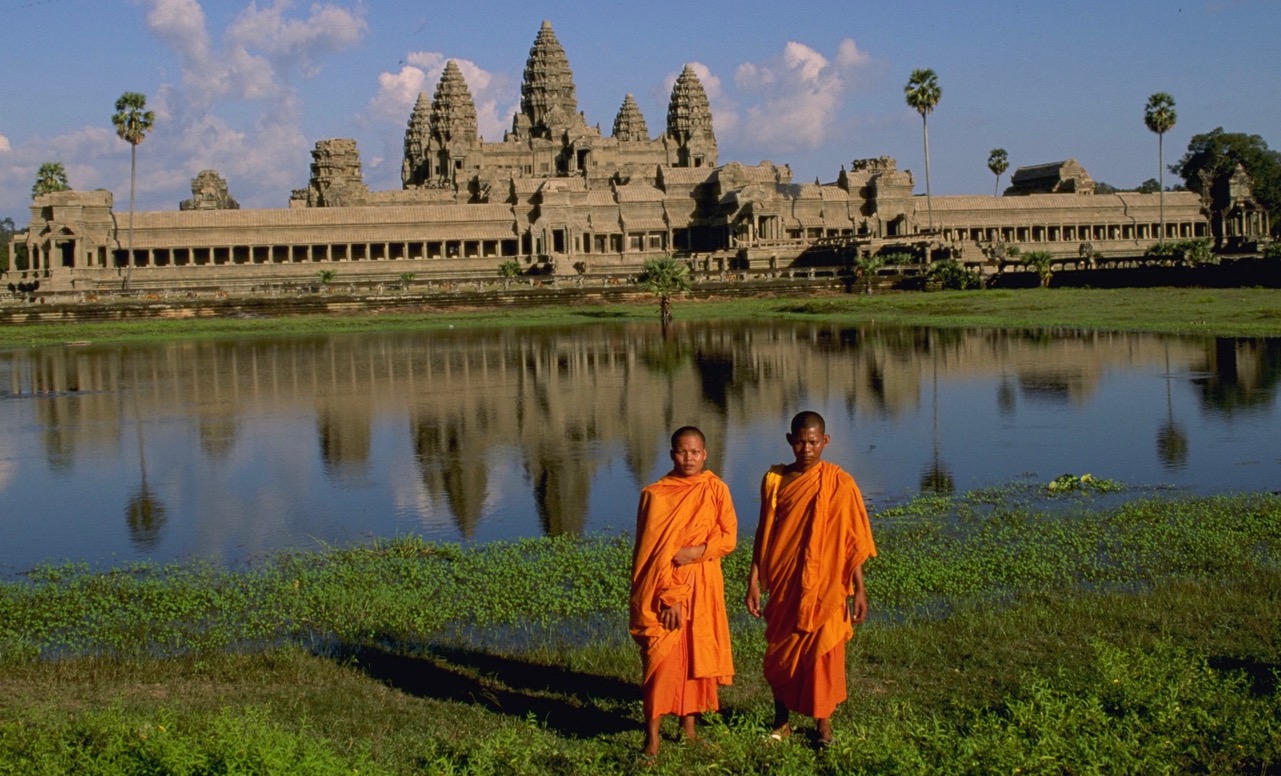
Cambodia, a country located in Southeast Asia, has a rich and complex history that spans thousands of years. It is home to some of the world's most magnificent architectural wonders, including the famous Angkor Wat temple complex. This article will delve into the history of Cambodia, the discovery of Angkor Wat, and its relationship to Buddhism.
Early History of Cambodia
The history of Cambodia can be traced back to the 1st century AD, when the Funan Kingdom was established. The Funan Kingdom was located in the Mekong Delta and was heavily influenced by Indian culture and religion. The Funan Kingdom was succeeded by the Chenla Kingdom in the 6th century AD, which was also heavily influenced by Indian culture and Buddhism.In the 8th century AD, the Khmer Empire was established, and it would go on to become one of the most powerful empires in Southeast Asia. The Khmer Empire was known for its impressive architecture, art, and culture. The capital of the Khmer Empire was located at Angkor, which was a massive complex of temples, palaces, and other structures.
Discovery of Angkor Wat
The Angkor Wat temple complex was built during the reign of King Suryavarman II in the early 12th century AD. The complex covers an area of over 400 acres and is made up of several temples, including the famous Angkor Wat temple. The complex was built as a Hindu temple, but it later became a Buddhist temple.The Angkor Wat temple is one of the most magnificent structures in the world. It is a massive temple complex that is built in the shape of a mandala, which is a Hindu and Buddhist symbol representing the universe. The temple is surrounded by a moat that is over three kilometers long and is thought to have been built to represent the cosmic ocean.The temple itself is made up of several structures, including a central temple that is over 60 meters high. The central temple is surrounded by four smaller temples, each of which is dedicated to a different Hindu god. The walls of the temple are covered in intricate carvings that depict scenes from Hindu mythology.
Relationship to Buddhism
The Angkor Wat temple complex was originally built as a Hindu temple, but it later became a Buddhist temple. The transition from Hinduism to Buddhism in Cambodia began in the 12th century AD, during the reign of King Jayavarman VII. King Jayavarman VII was a Buddhist, and he was responsible for building many of the Buddhist temples at Angkor.The transition from Hinduism to Buddhism was not immediate, and it took several centuries for Buddhism to become the dominant religion in Cambodia. However, by the 15th century AD, Buddhism had become the dominant religion in Cambodia, and it remains so to this day.
Conclusion: In conclusion, the history of Cambodia is long and complex, and it has been heavily influenced by Indian culture and religion. The Angkor Wat temple complex is a testament to the Khmer Empire's impressive architecture and culture, and it remains one of the most magnificent structures in the world. The complex's relationship to Buddhism is also fascinating, as it reflects Cambodia's transition from Hinduism to Buddhism and the importance of Buddhism in Cambodian culture.
Since 1989, First Cabin Travel has created luxury-styled itineraries to unique and varied destinations with the main source of bookings derived from repeat clientele and their enthusiastic referrals.
First Cabin is your passport to excellence.
CA Reg: 2018168-40







